“VAT reflects on the purchase receipts, it does not mean increase in the price of goods” – Jamshid Kuchkorov
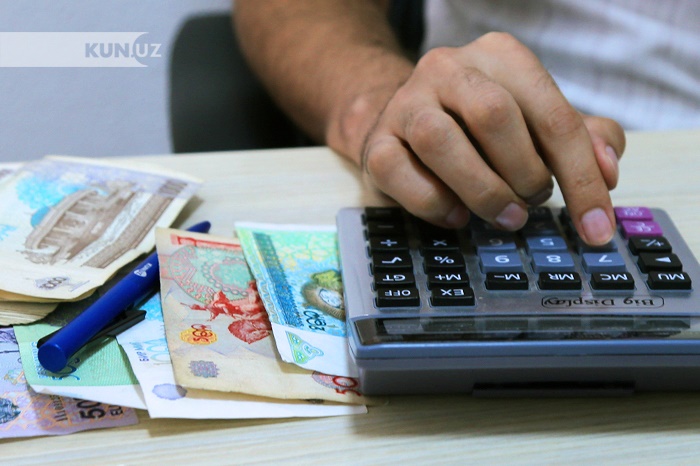
On January 1, 2019, Uzbekistan started to introduce the value added tax (VAT) in the tax system. At the same time, it is often worrying that when the goods are purchased, amount of the VAT is exposed on the product price tag.
It should be noted that VAT is an indirect tax, which is the ultimate consumer of the product rather than the manufacturer of it as this tax is already added in value of the product.
The advantage of paying VAT on the mechanism of accounting increases. For example, an enterprise purchases raw materials for 1200 sums from other enterprises to produce chocolate. Of these, 200 soums is VAT and actual cost of raw materials is 1000 soums. Let’s calculate the value of chocolate produced considering the costs spent:
• raw materials - 1000 soums
• payment for employees - 600 soums
• other costs - 300 soums
• premium - 600 soums
Thus, the finished chocolate product has become 2500 soums. 500 soums of VAT (20% of goods and services) will be added to the retail price, and then the final price will be calculated. Delivery cost of chocolate is 3000 soums. However, in this case, the enterprise should pay 300 soums instead of 500 soums to the state budget. Namely, it is possible to deduct 200 soums of VAT paid for the commodities at the moment of purchase of raw materials from the supplier in accordance with using the VAT calculation method. Thus, when the VAT is introduced, a businessman may earn higher profits without increasing the price. Or the consumer can buy goods at a cheaper price.
Unlike the single tax payment system, the entrepreneur deducts the amount of value added tax paid prior to him in the VAT system and value added tax of the product (service) is paid by the consumer. The head of korzinka.uz Zafar Khoshimov says:
“In accordance with the previous system, when the product passes by two hands, each entrepreneur has paid taxes on income. We hope that the situation will change somewhat. However, we must pay attention to particular issues. Some problems in the agricultural sector may appear tomorrow,” he said.
Mr. Khoshimov says that there are few food products exempt from the value added tax of wholesale and retail sales. The list includes meat (beef, mutton, poultry meat), as well as live cattle and poultry, fish, potato, onion, egg, rice (all varieties) and sugar.
“The production of agricultural products is exempt from VAT. However, we have to sell other goods with the VAT. The people also need fruit, vegetables and other agricultural products. If the work continues in the same manner, the cost of other products I mentioned will grow by 17-19%,” the leader of Korzinka.uz called on the governmental representative to increase the number and type of goods listed.
According to the Deputy PM Jamshid Kuchkorov, the situation in the image of a social network should be taken naturally. There was no noticeable increase in the price of goods compared to December of last year.
“Value added tax should be a progressive tax. For example, beginning from the production of something, the value added tax must be prolonged on the finished product unless it is eaten or worn out. This is the primary principle of VAT. We want to achieve that it does not disconnect in any of the links,” the Deputy Prime Minister said.
Nevertheless, the Ministry of Finance and the State Tax Committee have decided to develop a model of purchase receipt in order not to distract customers. After switching to the VAT system, the demand for using a standard purchase receipt has increased.
Related News
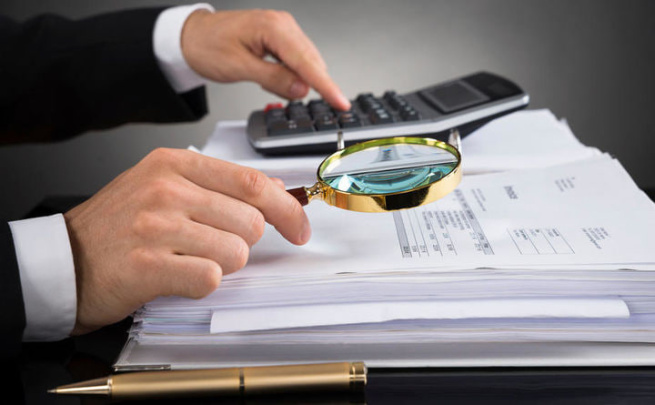
17:34 / 08.11.2024
Government introduces VAT rebates to boost hospitality and tourism sectors
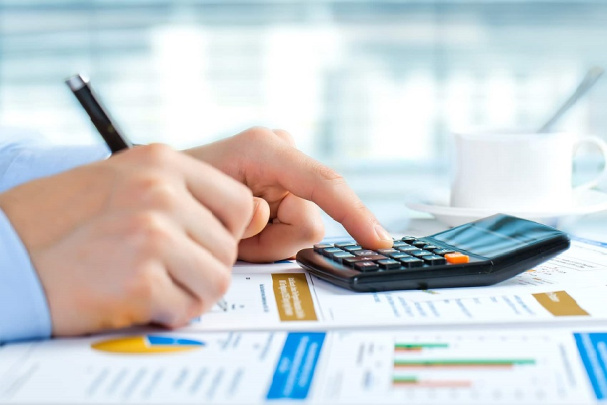
17:18 / 31.10.2024
Government plans to raise taxes for marketplace sellers next year
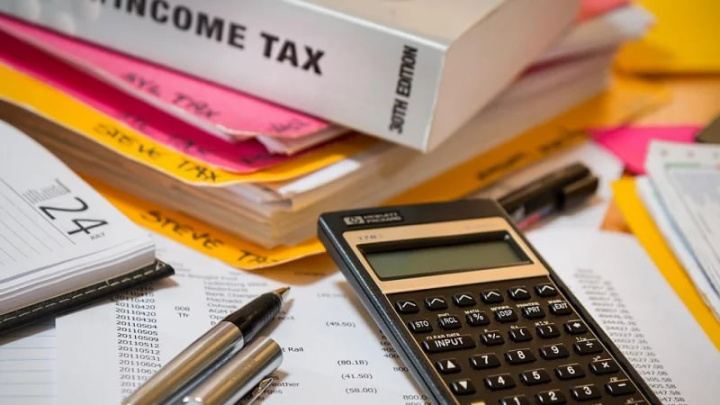
12:08 / 20.09.2024
Tax Committee reports threefold decline in growth of VAT payers in 2024
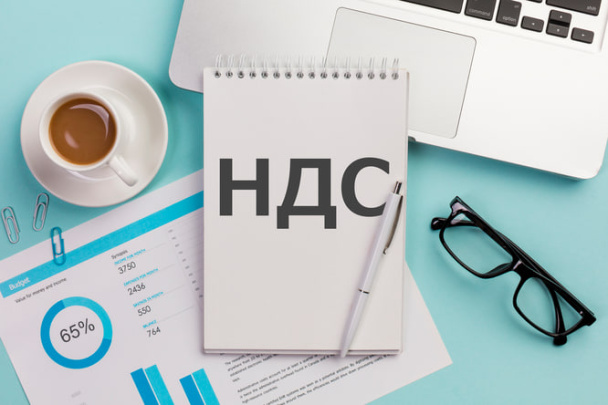
17:23 / 19.09.2024



